I created a little example to check, which one is true.
using System;
using System.Collections.Generic;
using System.Linq;
public class Program
{
static void Main(string[] args)
{
List<TestItem> items = new List<TestItem>();
List<TestItem> itemsNonParallel = new List<TestItem>();
items.Add(new TestItem() { Age = 1, Size = 12 });
items.Add(new TestItem() { Age = 2, Size = 1 });
items.Add(new TestItem() { Age = 5, Size = 155 });
items.Add(new TestItem() { Age = 23, Size = 42 });
items.Add(new TestItem() { Age = 7, Size = 32 });
items.Add(new TestItem() { Age = 9, Size = 22 });
items.Add(new TestItem() { Age = 34, Size = 11 });
items.Add(new TestItem() { Age = 56, Size = 142 });
items.Add(new TestItem() { Age = 300, Size = 13 });
itemsNonParallel.Add(new TestItem() { Age = 1, Size = 12 });
itemsNonParallel.Add(new TestItem() { Age = 2, Size = 1 });
itemsNonParallel.Add(new TestItem() { Age = 5, Size = 155 });
itemsNonParallel.Add(new TestItem() { Age = 23, Size = 42 });
itemsNonParallel.Add(new TestItem() { Age = 7, Size = 32 });
itemsNonParallel.Add(new TestItem() { Age = 9, Size = 22 });
itemsNonParallel.Add(new TestItem() { Age = 34, Size = 11 });
itemsNonParallel.Add(new TestItem() { Age = 56, Size = 142 });
itemsNonParallel.Add(new TestItem() { Age = 300, Size = 13 });
foreach (var item in items.AsParallel().OrderBy(x => x.Age).ThenBy(x => x.Size))
{
Console.WriteLine($"Age: {item.Age} Size: {item.Size}");
}
Console.WriteLine("---------------------------");
foreach (var item in itemsNonParallel.OrderBy(x => x.Age).ThenBy(x => x.Size))
{
Console.WriteLine($"Age: {item.Age} Size: {item.Size}");
}
Console.ReadLine();
}
}
public class TestItem
{
public int Age { get; set; }
public int Size { get; set; }
}
Result
AsParallel() does what we want. It first processes the OrderBy() parallel, merges back the list and then moves on to the next query, in our case ThenBy().
